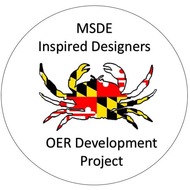(View Complete Item Description)
This guide provides a primer on copyright and use permissions. It is intended to support teachers, librarians, curriculum experts and others in identifying the terms of use for digital resources, so that the resources may be appropriately (and legally) used as part of lessons and instruction. The guide also helps educators and curriculum experts in approaching the task of securing permission to use copyrighted materials in their classrooms, collections, libraries or elsewhere in new ways and with fewer restrictions than fair use potentially offers. The guide was created as part of ISKME's Primary Source Project, and is the result of collaboration with copyright holders, intellectual property experts, and educators.
Material Type:
Reading
Author:
Admin




















